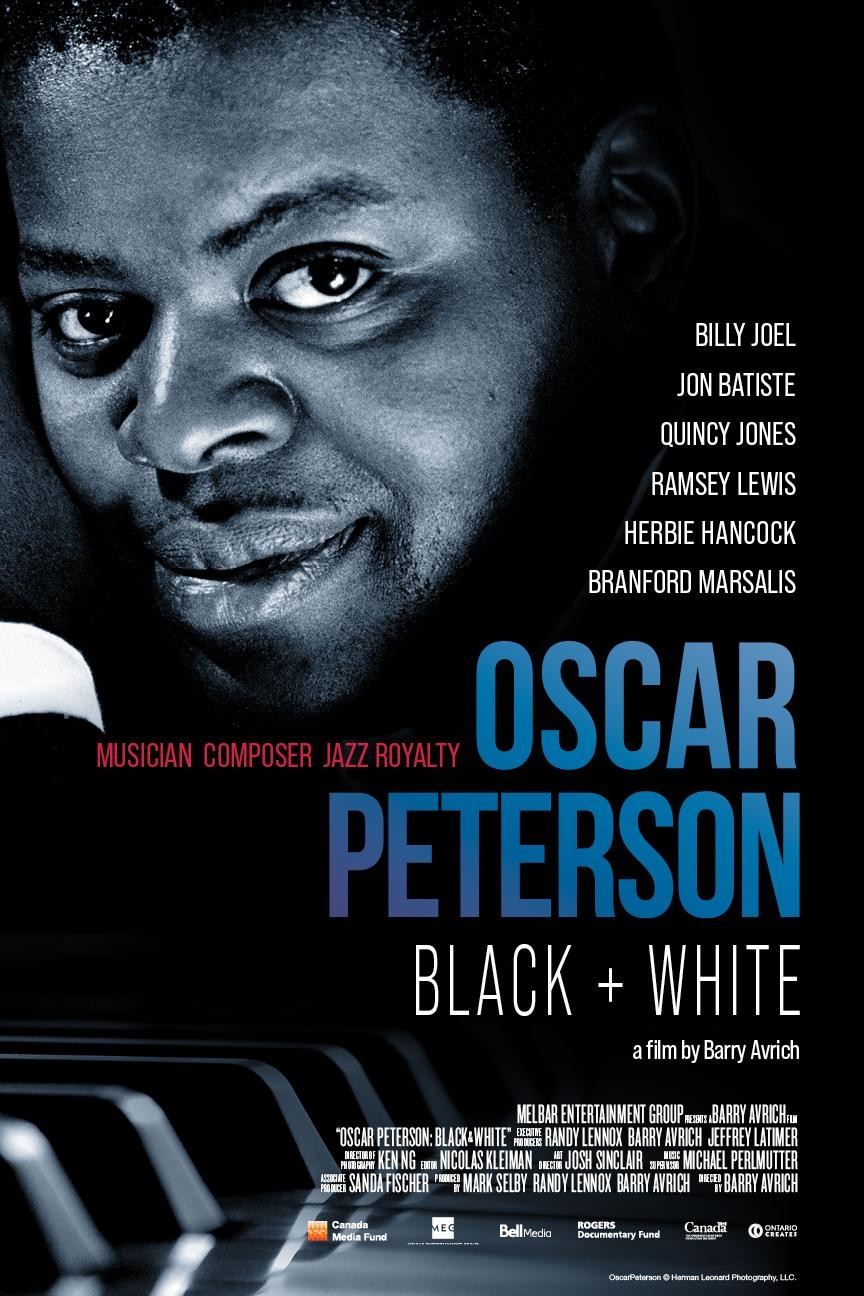
Equally prolific in classical and jazz vocabulary, Scott’s prodigious talent found its way onto the screen as well as the stage. Hard to find but well worth the hunt, this recording features the brilliant and often-overlooked Hazel Scott in a setting cited as one of the best jazz trios ever assembled, with Charles Mingus on bass and Max Roach on drums. Relaxed Piano Moods (Debut Records, 1955)
Oscar peterson best album full#
Chock full of treasures including “Bouncin’ With Bud,” “Ornithology” and “Un Poco Loco,” this recording is a must-have for Powell fans. The Amazing Bud Powell, Vol 1 (Blue Note, 1955)Ī highly influential a figure in the post-stride era, Bud Powell was heralded as the “Charlie Parker of the piano.” Mentored by Thelonious Monk, Powell went on to set the standard for the emergent and musically adventurous bebop style.

This suite, composed in 1945 as a 12-part tone poem, dedicated each piece to her fellow musicians born under each astrological sign. With hits spanning over four decades, Mary Lou collaborated with and mentored some of jazz music’s best-known artists. Standout tracks include the ridiculously torrid “Tiger Rag” and the languid “Willow Weep For Me.” From his impeccable stride chops to his inventive renditions of popular repertoire of the time, Tatum is indeed the father of modern jazz piano.Īhead of her time and well-versed in multiple genres, pianist and composer/arranger Mary Lou Williams’ imprint on jazz transcends generation, even to this day. With just two hands, Art Tatum remains unparalleled in sheer technical prowess, harmonic sophistication, and mind-boggling speed. Piano Starts Here (Columbia, 1968 recorded between 19) The list is a great foundation ahead of a number of upcoming pianists at SFJAZZ, including Kenny Barron's residency (11/9-11), Joey Alexander Trio (12/13-16), Chucho Valdés (2/1-3) and Hiromi, solo (4/18-21).

While your favorite might not be on this list, please take comfort in knowing we would have made this collection ten times as large if we could! In addition, we also polled several pianists on their must-have recordings, and the results are as broad as one could have imagined. As with our previous trumpet collection, this selection highlights a wealth and diversity of stylistic genre, technical prowess, compositional brilliance, and textural innovation.

In keeping with our theme of quintessential jazz albums, we present this sampling of some of the music’s iconic piano masters in an array of formats - from solo piano to intimate duos, trios and larger ensembles. Herbie Hancock, 1964 (Photo by Francis Wolff)


 0 kommentar(er)
0 kommentar(er)
